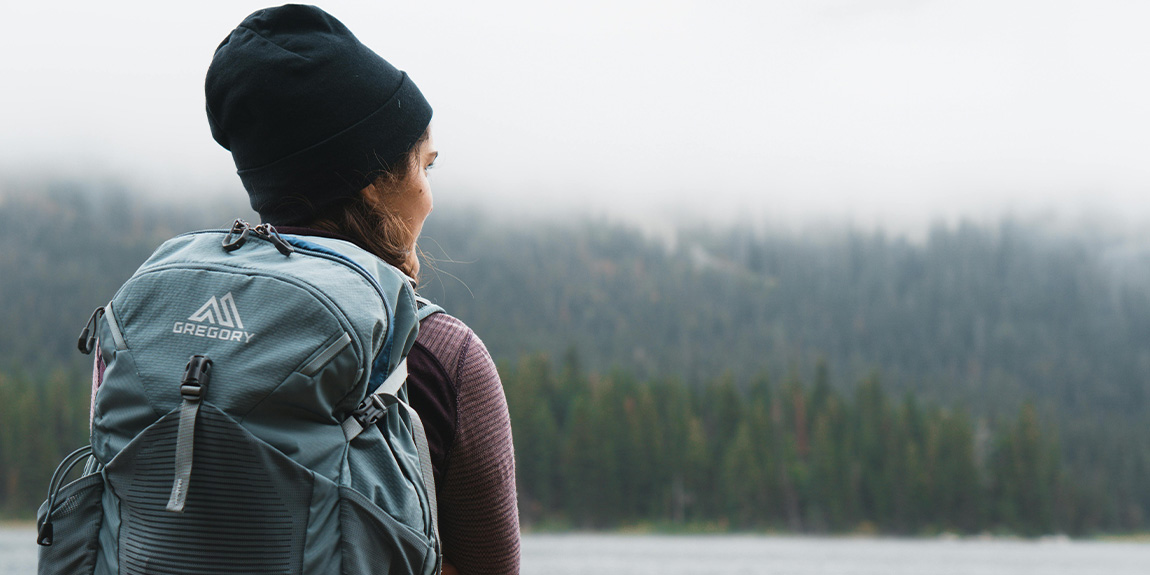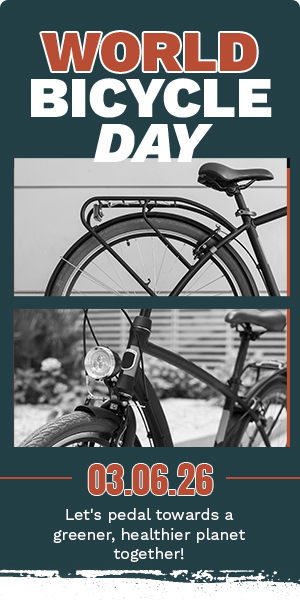
Effective water management is paramount for any backpacking trip, directly impacting your hydration, health, and the weight of your pack. The golden rule is never to assume water will be readily available; always carry enough to cover your immediate needs and a buffer for unexpected delays. Planning your route around known water sources, such as springs, rivers, or lakes, is a crucial first step, but always have a backup plan.
Relying solely on natural sources requires a robust purification method to prevent waterborne illnesses. Options include water filters that physically remove bacteria and protozoa, purification tablets (like iodine or chlorine dioxide) that kill viruses and other pathogens, or UV purifiers that use ultraviolet light. Many backpackers opt for a combination, such as a filter for clear water and tablets for murkier sources or as a backup.
Beyond purification, consider your water carrying capacity. Collapsible water bottles or reservoirs are excellent for expanding your capacity without adding much weight when empty. Pacing your water intake throughout the day, rather than guzzling large amounts at once, helps your body absorb it more efficiently. Lastly, be mindful of water usage for cooking and hygiene, conserving where possible to extend your supply.
- Plan Around Known Water Sources: Map your route to include reliable springs, rivers, or lakes.
- Employ Reliable Purification Methods: Use filters, tablets, or UV purifiers to treat all collected water.
- Carry Sufficient Capacity: Utilize collapsible bottles or reservoirs to adjust for varying water availability.
- Pace Water Intake: Drink consistently throughout the day for better absorption and hydration.
- Conserve Water Usage: Be mindful when using water for cooking and hygiene to stretch your supply.
For More Information Please Visit: Sawyer.com | Platypus.com









